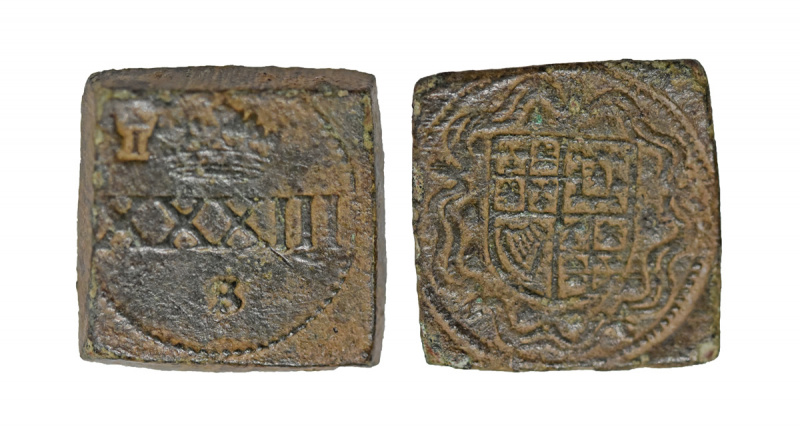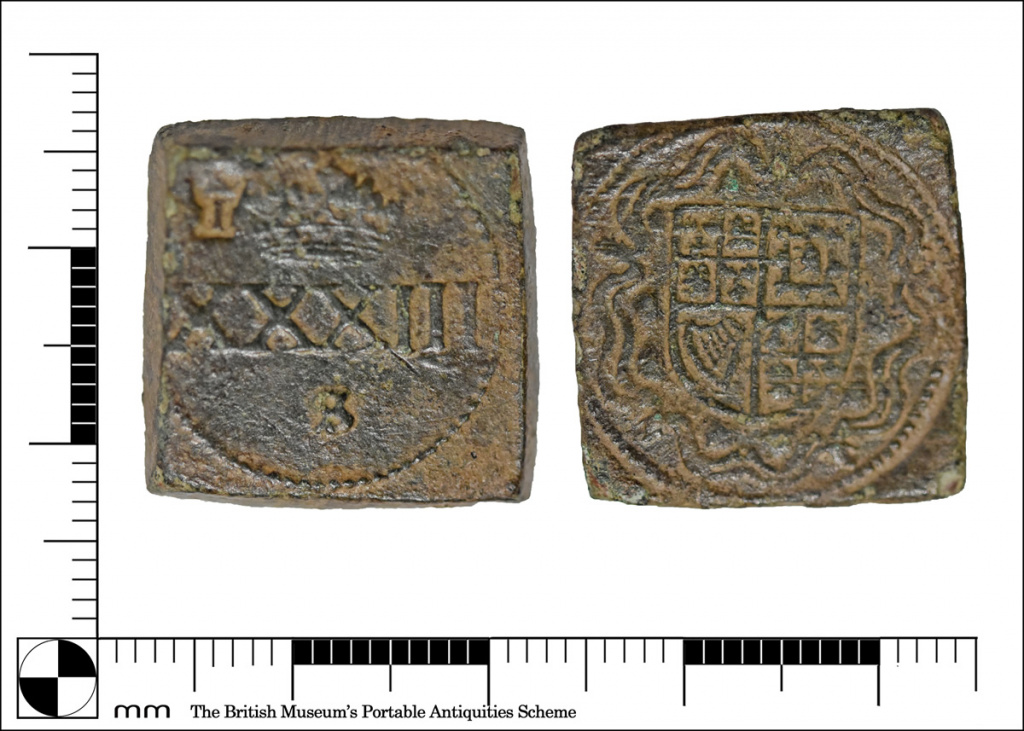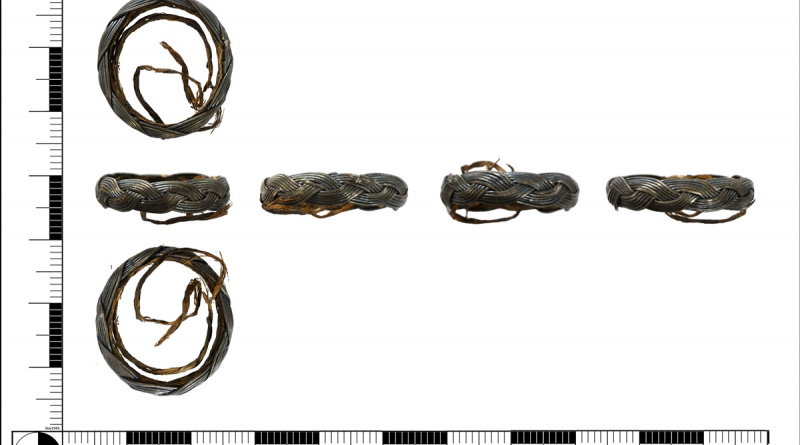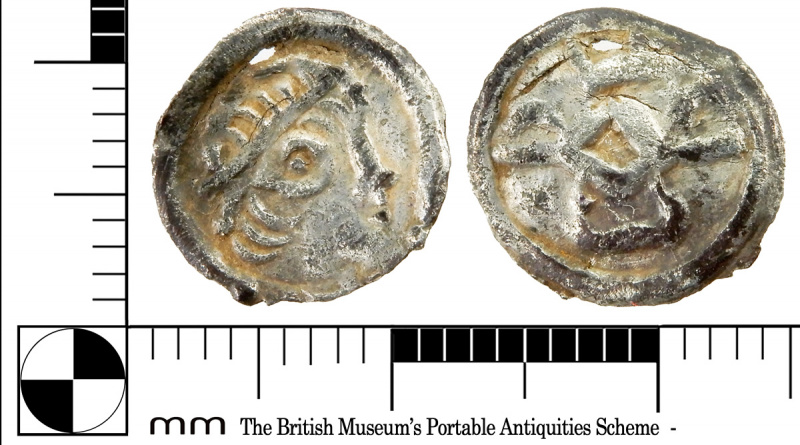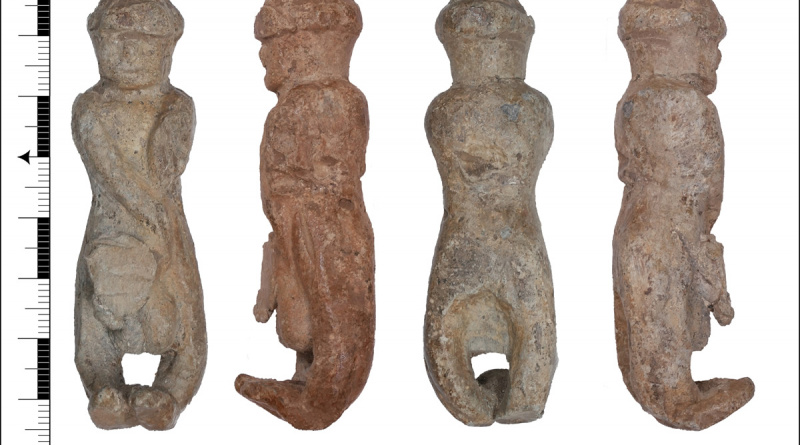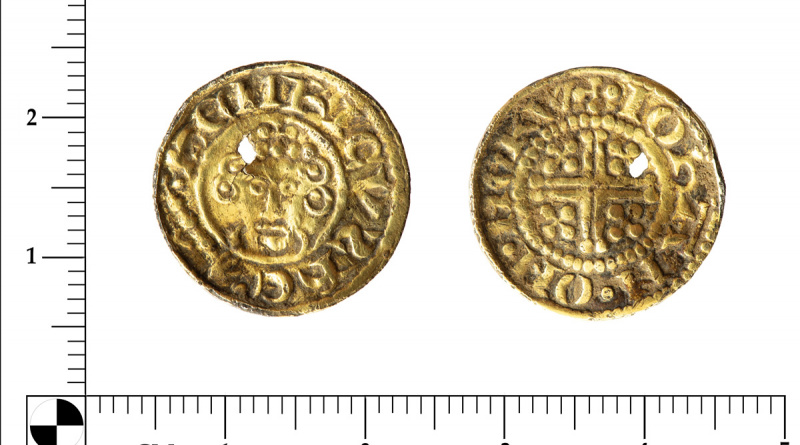PAS Finds: week ended 21 October 2022
PAS Finds: week ended 21 October 2022
My selection of detecting finds recorded at the PAS in the week ended 21 October 2022.
Featured Find
Coin weight for a rose ryal of James I
A copper-alloy coin weight for the rose ryal of James I. There are a few of these recorded at the PAS now thanks to recent detecting finds. This one is in particularly good condition compared to the rest on the database. The XXXIII over an S on the obverse shows that this weight was for the thirty three shilling coin. There is a crowned I on the top left of the obverse.
Revaluation of gold coinage
Rose ryals were first issued during the first coinage of James I with a face value of 30 shillings. However, a revaluation was needed to stop gold leaving the country. On 23 November 1611, James I issued a proclamation:
“In spite of the laws gold is leaving the country. The Unite valued here at 20s. is valued abroad at 22s. Without altering the standard of fineness of the gold or silver the price of gold coins is raised by one-tenth…Export of Gold again forbidden…Oaths to be taken from Ship-masters“
And so the existing rose-ryals became worth 33 shillings.
New coinage
On 31 July 1619, James I issued a proclamation to introduce new coinage (his third coinage). He reduced the minting profit in another attempt to stop gold coins leaving the country.. The proclamation read: “The weightiest coin is leaving the kingdom. The profit of coinage, being 26s. 4d. for every pound weight of gold coined, is too high. For the next year it shall be 15s…. New coins will be made of equal values (20s., &c.) but the old will still be current. These coins are the 30s. piece …“
So the new coins were made lighter to bring their values back to what they used to be but the existing heavier coins continued in circulation at their raised values.
Balances and weights
The same proclamation of July 1619 included a provision on coin weights: “The Master of the Mint is to prepare balances and weights of every current piece of gold … by 1 September next“
A further proclamation on the following 7 February (then 1619 and now considered to be 1620): “Just weights and balances for coins have been provided by the Master of the Mint. Every city, &c, is to provide itself with one them before 24 June next. They have upright grains and half grains marked with an I, crowned. No other gold weights to be used“
33 Shilling coin weight
This all suggests that the 33 shilling coin weight was only issued as part of the third coinage of 1619 to check coins struck before that date.
Reference
A Bibliography of Royal Proclamations of the Tudor and Stuart Sovereigns by Robert Steele, 1910.

